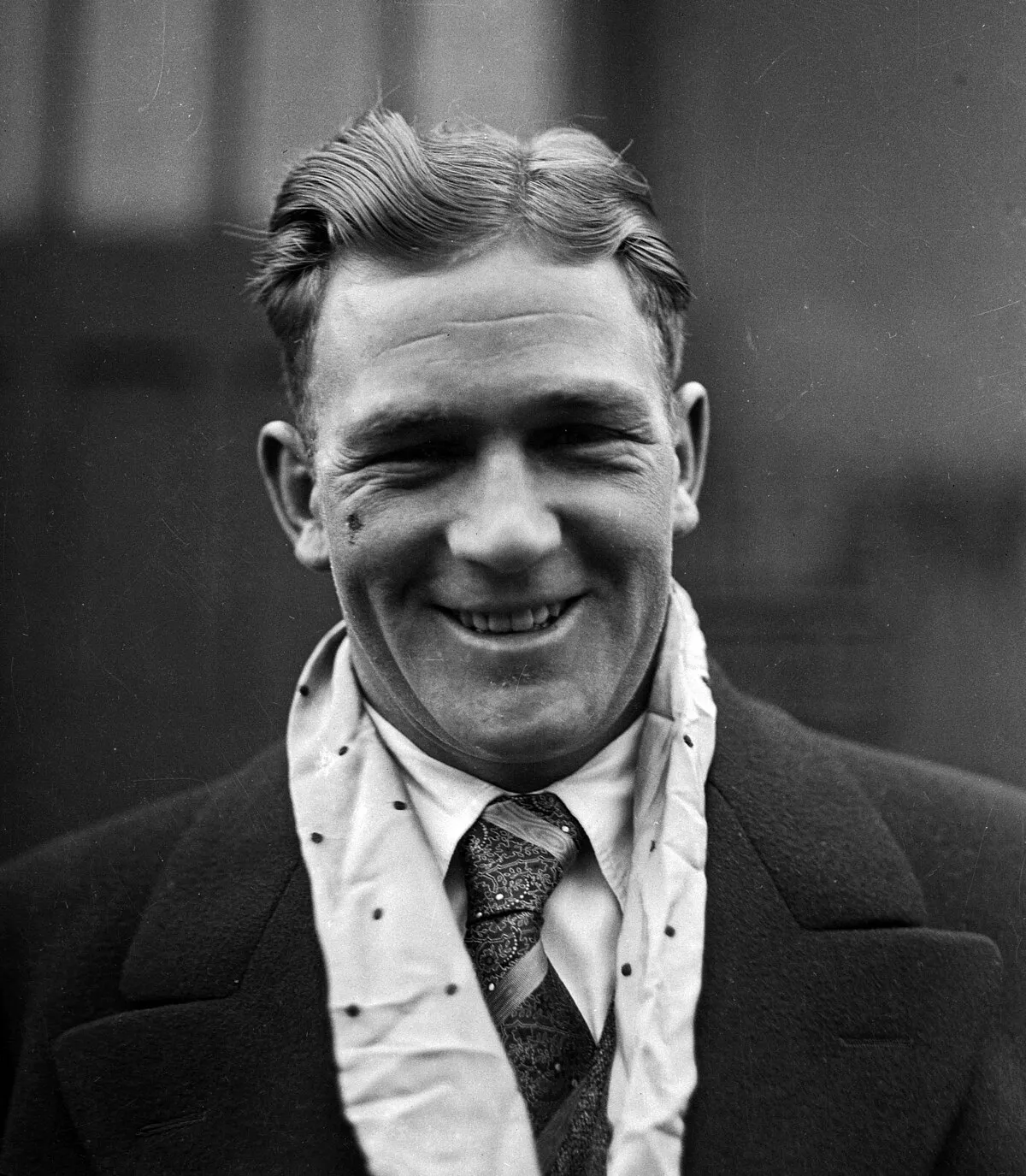 1.
1. Ernie Nevers was inducted with the inaugural classes of inductees into both the College Football Hall of Fame in 1951 and the Pro Football Hall of Fame in 1963.

 1.
1. Ernie Nevers was inducted with the inaugural classes of inductees into both the College Football Hall of Fame in 1951 and the Pro Football Hall of Fame in 1963.
Ernie Nevers was named in 1969 to the NFL 1920s All-Decade Team.
Ernie Nevers played four sports for Stanford University from 1923 to 1925 and was a consensus first-team All-American in football in 1925.
Ernie Nevers played professional football in the National Football League for the Duluth Eskimos in 1926 and 1927 and the Chicago Cardinals from 1929 to 1931.
Ernie Nevers played professional baseball as a pitcher for the St Louis Browns of the American League from 1926 to 1928 and the Mission Bells of the Pacific Coast League in 1928 and 1929.
Ernie Nevers had a long career as a football coach, including stints with the Stanford Indians, the Chicago Cardinals, Lafayette Leopards, Iowa Hawkeyes, and the Chicago Rockets.
The family moved again to Superior, Wisconsin, where Ernie Nevers grew up and attended Superior Central High School.
Ernie Nevers attended Santa Rosa High School for the first half of his senior year.
Ernie Nevers led the Santa Rosa football team by scoring 108 of the team's 170 points.
In 1921, Ernie Nevers attended Santa Rosa Junior College and was the star of the school's football team.
Ernie Nevers played for the freshman football team at fullback and halfback in the fall of 1922.
Ernie Nevers was selected by Walter Camp as the third-team fullback on the 1923 College Football All-America Team.
Ernie Nevers was rated as the Pacific coast's best player in both football and basketball, the best college pitcher, one of the leading track performers, and "a crack swimmer" as well.
Five days after having a cast removed from one of his ankles, Ernie Nevers played all 60 minutes of the Rose Bowl, averaged 42 yards on his punts, and carried the ball 34 times for 114 yards, only 13 yards less than all the Four Horsemen combined.
Ernie Nevers again proved to be a multi-sport star, competing for Stanford's basketball and baseball teams in the winter and spring of 1925.
In December 1925, Ernie Nevers received between $25,000 and $35,000 to play professional football for a team in Jacksonville, Florida.
In September 1926, Ernie Nevers left the Browns to play professional football for the Duluth Eskimos of the National Football League.
Ernie Nevers reportedly played 1,714 minutes out of a possible 1,740 minutes that year.
Out of the 29 games played by the Eskimos in 1926,14 are considered official by the NFL; in those games, Ernie Nevers scored 71 points on eight touchdowns, 11 extra points, and four field goals.
Ernie Nevers is often remembered for having given up two home runs to Babe Ruth during the 1927 season in which Ruth broke the major league record with 60 home runs.
In 1927, Ernie Nevers became head coach of the Eskimos in addition to his regular position at fullback.
Ernie Nevers was sold by the Browns for $7,500 to the Mission Bells, a Pacific Coast League baseball team in San Francisco, in late May 1928.
Ernie Nevers proved a draw for the Mission team, as Stanford fans and locals from Sonoma County flocked to see Ernie Nevers pitch.
In March 1928, Ernie Nevers announced that he would not return to professional football that fall, opting instead to serve as an assistant coach to Pop Warner at Stanford.
In February 1929, Ernie Nevers resigned from his coaching job at Stanford to return to the Mission baseball club in the PCL.
In 1930, Ernie Nevers returned to the Cardinals as both head coach and fullback.
Ernie Nevers returned to the Cardinals as fullback and head coach in 1931.
On January 25,1932, Ernie Nevers broke his wrist on the final play of a charity football game in San Francisco.
In March 1932, Ernie Nevers was hired as an assistant coach under Pop Warner at Stanford.
In January 1936, Ernie Nevers resigned his position at Stanford to accept the head coaching job at Lafayette College.
Ernie Nevers was welcomed to the Easton, Pennsylvania, campus with a parade and street celebration as classes were suspended for the day and Lafayette students anticipated the school's "return to 'Big Time' position" of previous years.
In March 1937, Ernie Nevers resigned his post at Lafayette upon being appointed backfield and ends coach for the University of Iowa under head coach Irl Tubbs.
In February 1940, Ernie Nevers resigned from the Cardinals, saying he wished to reside permanently in San Francisco.
Ernie Nevers received numerous honors and awards during and after his playing career, including the following:.
Ernie Nevers was married to Mary Elizabeth "Mae" Heagerty in February 1926 in San Francisco.
In September 1942, Ernie Nevers enlisted at age 39 in the United States Marine Corps; he was given the rank of captain.
Ernie Nevers left for the South Pacific theater of World War II in October 1943.
In October 1944, Ernie Nevers returned to San Francisco after spending 10 months in charge of ground personnel with a squadron in the South Pacific.
In December 1944, while stationed at Naval Station Treasure Island in San Francisco, Ernie Nevers was promoted to the rank of major.
Ernie Nevers ultimately served in the fall of 1946 as the backfield coach for the Rockets.
Ernie Nevers was remarried to Margery Luxem Railton of Chicago in February 1947.
Ernie Nevers died in May 1976 at age 73 at Marin General Hospital in Greenbrae, California.
Ernie Nevers was buried at Mount Tamalpais Cemetery in San Rafael, California.